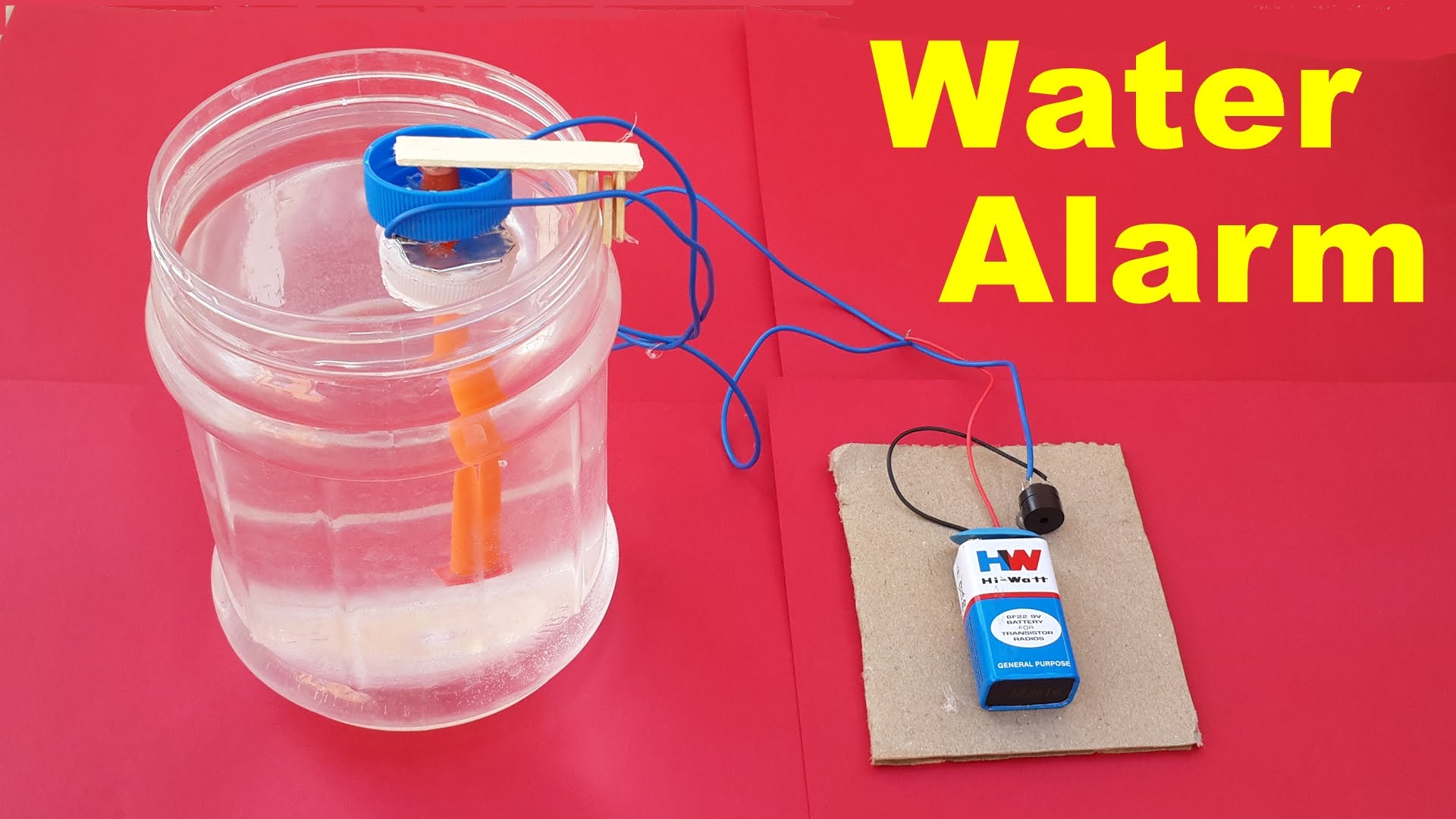Not every flood needs to be catastrophic in order to disrupt our lives or damage important items. In fact, we’re more likely to encounter an unexpected storm, leak or other anomaly that floods tents, sheds or low-lying areas that we use to store gear and supplies. In these situations, early warning can buy us some time to retrieve items or take corrective action before high water causes serious damage.
While there are plenty of water alarms on the market, many are expensive and not necessarily practical. However, you can build your own with some common items and a little bit of ingenuity, and it can be set up almost anywhere. Take a look at the following step, and see how easy it is to create your own improvised flood alarm system.
Required Items
1 Wooden clothespin with a spring
8-12” of wire
Duct, electrical tape or heat-sealing tubing
Conductive foil tape
Uncoated aspirin tablet
9v Battery
Small siren or alarm speaker
Getting Started
The first step is to cut the wire into two pieces that are long enough to connect to the clothespin, battery and speaker. Next, trim off about an inch of insulation from one end of each wire before trimming ½ inch from the other ends. Next, drill or bore two small holes through the top and bottom of the toothed-ends of the clothespin. Make sure the holes go all the way through, and they need to be wide enough so the wires can be fed through them as well.
Feed each wire through the holes and bend them around the edge of the teeth on the top and bottom of the clothespin to secure them in place. It’s important that the exposed wire is long enough to wrap around the ends in order to produce a reliable circuit once the alarm is set up.
Next, cut the foil tape into two small pieces that are just big enough to fit over the wires on the inside of the clothespin. Press them against each wire to secure the tape in place. The next step is to secure the insulated portion of the wires along the outside of the top and bottom of the clothespin with the tape or tubing.
Attaching the Siren
Connect the siren to the 9v battery like you normally would, but detach the black wire from the siren or alarm speaker. Remove about ½ of the insulation from the end before connecting the black wire to one of the leads coming from the clothespin. Next, attach the other lead from the clothespin to where the black wire was connected to the speaker. Secure everything with tape if desired, and you’re good to go.
All you need to do is secure the aspirin between the teeth of the clothespin before placing the trigger into a shallow bowl or saucer. Set the bowl and speaker in a location that will give you ample warning as well as being within earshot of the alarm if it goes off. You may also want to position the siren higher than the bowl to protect it from being submerged before you hear the alert.
As the water rises, it will seep into the bowl and cause the aspirin to dissolve, and this will cause the two ends of the clothespin to make contact and set off the alarm. While this may not be a very high-tech solution, it’s something that can buy you some time to gather items before they get soaked. Try it for yourself, and see how this ingenious gadget be just what you need to minimize the impact of unexpected flooding.
